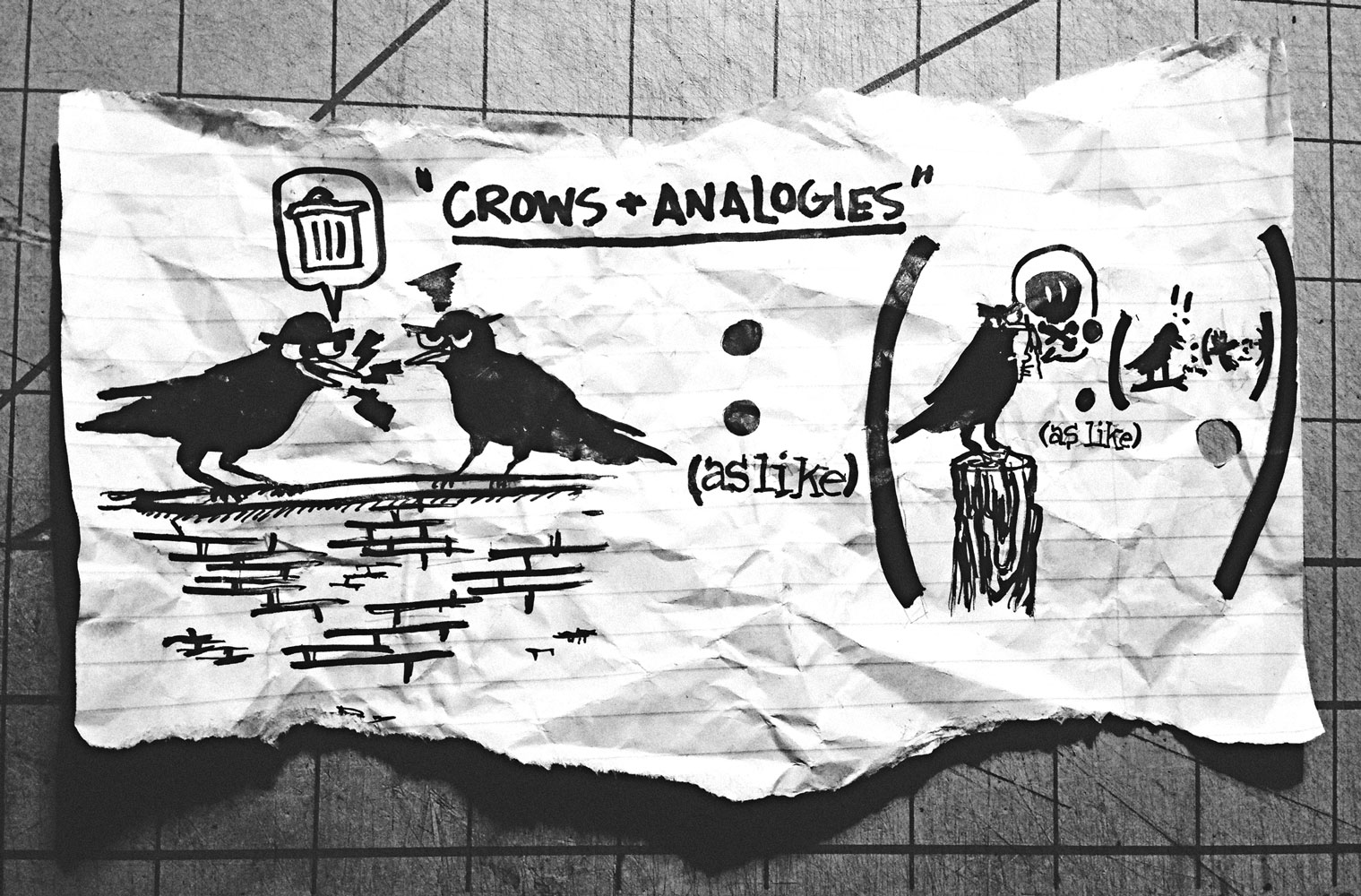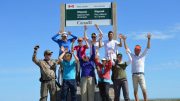Over the course of history, colonial powers driven by unbridled greed have exploited the Democratic Republic of Congo’s (D.R.C.) abundant mineral resources and enslaved its people.
Millions of Congolese people have been killed in a conflict that enables foreign countries — particularly western nations such as France, the United Kingdom and the U.S. — to benefit from the D.R.C.’s natural resources. The forced conscription of child soldiers for mineral mining perpetuates an ongoing cycle of misery, further exacerbating the nation’s challenges.
The most notable resource that is extracted is coltan, a critical component in technology like cell phones and laptops. The D.R.C.’s resources are primarily mined in the eastern regions of North and South Kivu.
Western nations have allowed and funded militia groups in Rwanda and Uganda to invade the D.R.C. for these resources.
The D.R.C. faces significant challenges, from smuggling and illegal mining, with most of its gold being illicitly sent to countries like Rwanda and Uganda before reaching the United Arab Emirates (U.A.E.) for refining and export, according to the U.S. treasury. Accusations against Rwanda for smuggling minerals and supporting armed groups have led to calls for international sanctions.
In response, the D.R.C. has partnered with a U.A.E. company to export responsibly mined gold, but the issues of conflict and resource exploitation require comprehensive solutions and global co-operation.
Renewed conflicts in the D.R.C. involving the March 23 Movement (M23) rebels, other armed groups and possibly armed forces of the Democratic Republic of Congo (FARDC) soldiers have disrupted six months of relative calm. In North Kivu, a conflict between a miners’ co-operative and the coltan mining firm SMB resulted in violence and fatalities at the Rubaya mining site.
The clashes are centred in the strategically significant Masisi territory near the Rwandan and Ugandan borders. Tensions between the D.R.C. and Rwanda could escalate into military responses.
Concurrently, D.R.C. President Felix Tshisekedi is pushing for the UN’s D.R.C. peacekeeping operation, MONUSCO, to accelerate its withdrawal due to its perceived failure to protect civilians and recent protests. Ongoing violence in Goma and the East African Community’s extension of a regional military force’s mandate reflect public dissatisfaction with MONUSCO’s effectiveness.
For years, the exploitation of Congolese individuals in the coltan industry has persisted. While some articles touch on the issue, it often gets dismissed. A thorough investigation by major media outlets is lacking, although smaller media sources have addressed the problem.
However, a lack of information paves the way for false information. An example is an article from the Economist on Jan. 21, 2021, titled “Why it’s hard for Congo’s coltan miners to abide by the law.” The click-bait headline implies coltan miners are in the wrong by not abiding the law. One reason for not abiding by the law could be that many miners are living in enslavement without any legal protection.
A report from Amnesty International and the Congolese organization Initiative pour la Bonne Gouvernance et les Droits Humains (IBGDH) reveals that major mining operations in the D.R.C. are displacing residents from their homes and lands, resulting in serious problems such as physical harm, sexual assault and forced evictions. Former UN special rapporteur Agnes Callamard emphasized the urgent need to cease these forced evictions.
Amnesty and IBGDH interviewed over 130 individuals in the D.R.C. to assess the situation in a 2022 report. The report uncovers numerous violations of international human rights and national laws, particularly in the context of mining expansion in the D.R.C. According to the report, communities affected by these developments “have not been adequately consulted,” which is destroying their homes and livelihoods without fair compensation.
This highlights a pattern where multinational mining companies operating in the D.R.C. fail to adhere to ethical standards and neglect their responsibilities. The examples provided in the IBGDH report include the displacement of 39,000 residents in Kolwezi due to a Chinese-D.R.C. joint venture’s reopening of a mine, and incidents of violence, including home burnings and assaults, in the Mutoshi and Metalkol projects, respectively.
The report also highlights how the growing demand for clean energy technologies is leading to grave human rights violations, including forced evictions, sexual assault, displacement of communities and environmental harm. These instances call into question whether the industry is genuinely driving positive change or maintaining business as usual.
Coltan exploitation is destroying ecosystems and affecting wildlife habitats, such as the critically endangered eastern lowland gorilla in Kahuzi-Biega National Park. Animals are being displaced from their natural habitats, which Oluwole Ojewale writes is “leaving them vulnerable to poachers.”
Coltan extraction in the D.R.C. frequently occurs without adequate assessments or oversight, leading to deforestation, topsoil erosion, habitat loss and pollution.
Despite changes in D.R.C.’s mining regulations in 2017 that prohibit child labour and the sale of minerals mined by children, over 40,000 children continue to work in hazardous coltan mines. These children face health risks, mistreatment and lack of access to education.
The D.R.C.’s immense potential for prosperity remains unrealized, as its history has been marked by exploitation, violence and the ruthless pursuit of mineral wealth.
This is a tragic tale of how the D.R.C.’s natural blessings have, paradoxically, become a curse, leaving its people trapped in a cycle of poverty, conflict and despair. It is a stark reminder of the interconnectedness of our world and the moral imperative to address the root causes of suffering.





